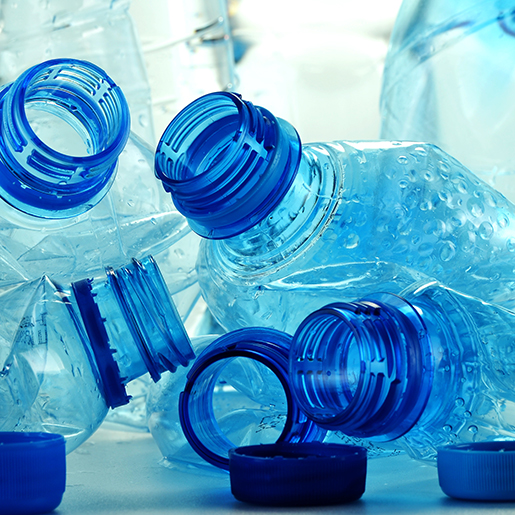Have you ever heard the word BLEVE (pronounced like “blevvy”)? It sounds strange, doesn’t it? Well, BLEVE stands for Boiling Liquid Expanding Vapor Explosion. It’s a kind of explosion that can be very powerful. Let’s look into what a BLEVE is, how it happens, and how we can prevent it.
What Happens in a BLEVE?
A BLEVE occurs when a container with liquid under pressure, like a gas tank, gets too hot. If the tank’s walls get weaker from the heat and break, the liquid could explode, shooting out like a rocket!
So, Why Exactly Does This Happen?
- The liquid inside the tank is not just sitting quietly. It’s under high pressure, so it wants to spread out.
- When heat is added, things get worse. The liquid starts to boil and turn into a gas.
- If the tank cracks or breaks, all that gas pushes out very fast and goes “BOOM!”
Real BLEVE Examples
There have been real-life BLEVEs that caused a lot of damage. Sometimes, they happen at places where they store or use a lot of fuel or chemicals. It’s important to learn from these so we can be safer.
| Date | Location | Details |
|---|---|---|
| 1973 | Kingman, Arizona | A train with gas tanks got too hot and exploded, hurting many people. |
| 2004 | Riyadh, Saudi Arabia | A gas tank at a truck stop exploded, destroying cars and buildings. |
| 2013 | Quebec, Canada | A train carrying oil derailed and exploded, causing a big fire and damage. |

Credit: www.academia.edu
What Makes a BLEVE So Dangerous?
- Fast and Forceful: The explosion can happen in a blink. It can break buildings and even harm people who are far away.
- Fireball: If the liquid is flammable, a BLEVE could create a huge fireball and start more fires.
- Shrapnel: Bits of the broken tank can fly through the air, like tiny rockets, hurting people and things.
How Can We Prevent a BLEVE?
It’s very important to think about safety to keep BLEVEs from happening. Here’s what smart people do:
- Keep tanks away from heat, especially from fires.
- Use tanks made from very strong materials.
- Regularly check tanks for leaks or weak spots.
- Know what to do if a fire happens around tanks that could BLEVE.

Credit: www.momscleanairforce.org
Interesting BLEVE Facts
- A BLEVE can shoot tank parts over a mile away!
- Not all BLEVEs make fireballs, but when they do, they’re huge!
- Firefighters need to be very careful near tanks that could BLEVE.
- There are special training and rules to handle materials that could BLEVE.
Frequently Asked Questions On What Is A Bleve? Unraveling The Mystery Behind Explosions
What Is A Bleve Explosion?
A BLEVE, or Boiling Liquid Expanding Vapor Explosion, occurs when a pressurized container of liquid overheats, causing a catastrophic failure and explosion.
Can A Bleve Be Prevented?
Proper safety measures, including pressure-relief valves and temperature monitoring, can reduce the risk of a BLEVE occurring in pressurized vessels.
What Substances Can Cause A Bleve?
Substances with the potential to cause a BLEVE include flammable liquids like propane, butane, and other liquefied gases under pressure.
What Are The Dangers Of A Bleve?
A BLEVE can release hazardous debris, intense heat, and shockwaves, posing significant risks to nearby individuals and structures.
Conclusion
A BLEVE is a powerful explosion that happens when liquids in tanks get too hot and explode. It’s not just about the “BOOM!” It’s about the heat, the gas, and keeping people safe. Everyone who works with these tanks needs to know about BLEVEs and how to prevent them.
Remember, safety is super important! It helps us avoid bad things like BLEVEs. Keep an eye on those tanks and be careful with heat. Say “yes” to safety and “no” to BLEVEs!
